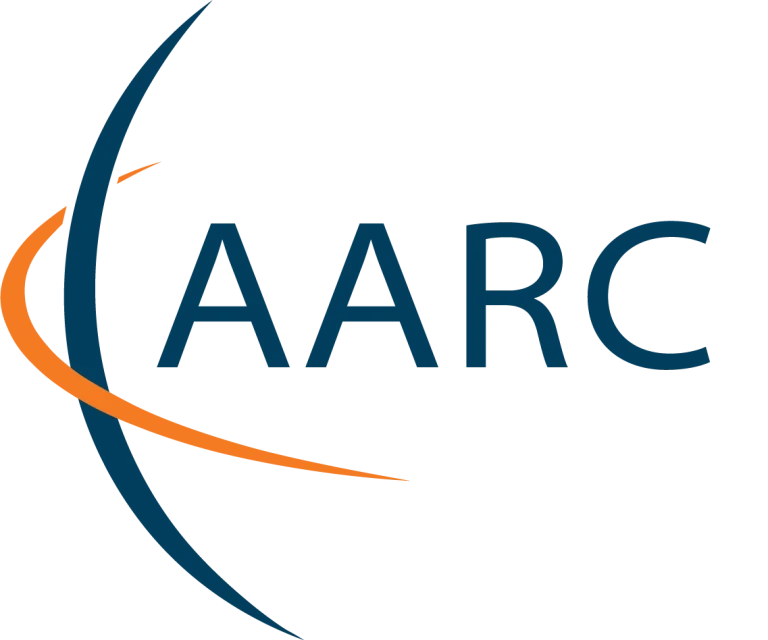
GÉANT, EGI and EUDAT joined forces to deliver an AARC Blueprint-compliant authentication and authorisation infrastructure to support all the 13 life science initiatives that cluster in the CORBEL project.
In Nov 2017, GÉANT, EGI and EUDAT answered a call for proposals from the life science research communities to deliver and operate a single AAI for them, as a more sustainable and cost-effective way to enable users’ access to life science services.
This is the first time that different research infrastructures active in the same field agreed on their AAI requirements and called for the e-infrastructures to deliver an AAI solution.
This was also the first time that EGI, EUDAT and GÉANT collaborated to deliver and jointly operate a customised authentication and authorisation infrastructure.
The solution proposed by the three e-infrastructures is being piloted in the context of the AARC project.
What’s the status of the pilot?
The pilot started in December 2017 and is being rolled out in three stages.
- Phase 1: December – end January 2018. Bootstrapped the AAI solution by putting components together and defining the user registration process, attributes required by service providers and the authorisation flow.
- Phase 2: February – end May 2018. Aims to operate the dedicated AAI components according to the agreed service level and to provide technical integration of identity providers and service providers. In particular, this phase improves security and trust and provides security incident response capabilities.
- Phase 3: to be scheduled – will consider all aspects of sustainability and drive the pilot to full production and operation.
Why a pilot in AARC?
AARC is charted to run a number of different pilots with research and e-infrastructures to validate the proposed AARC blueprint architecture in production environments, to enhance it based on the results of the pilots, and to identify architectural patterns and guidelines that can ease the deployment of AAIs for new research collaborations.
A pilot with the life science community was already planned in AARC; to that end some of the life science research infrastructures had joined the AARC project and acted as liaison points with the rest of the life science infrastructures in CORBEL. Given that the e-infrastructure providers GÉANT, EGI, and EUDAT are also represented in AARC, it made sense to pilot an AARC-compliant AAI solution for CORBEL with the relevant AARC partners.
The pilot aims to deliver the Life Science AAI using existing infrastructures’ components. This is in line with AARC’s approach to take advantage of existing solutions as ‘building blocks’ to achieve higher benefits.
AARC is organising a specific training module for Life Science service providers that will introduce them to the main concepts and benefits of the new AAI and show them how to connect their services to the new AAI. This training is scheduled for the end of April and will help Life Science communities to better understand the AARC pilot’s achievements.
AARC wants to provide resources and support research collaborations to deploy secure and interoperable AAIs by leveraging existing solutions; in this way research collaborations can focus energies on their research. The pilot for Life Sciences shows how AARC can help in implementing a consistent and functional AAI to support research communities. This is an important result and AARC team is proud to be part of it.
What happens after the pilot phase?
After all the technical aspects have been finalised and tested, the Life Sciences AAI will move out of the AARC project. The Lifescience community will contract in 2019 an e-infrastructure (or a consortium of e-infrastructures) for the long term AAI operations for the benefit of the Life Sciences research communities.


